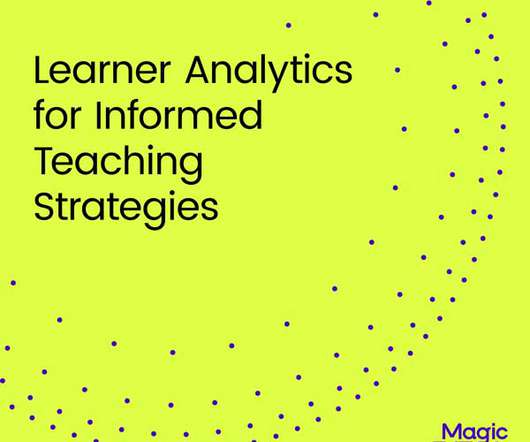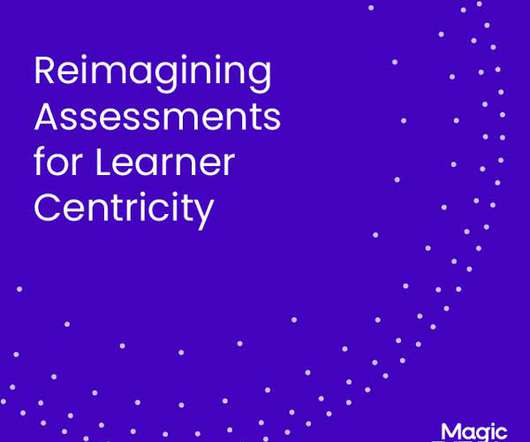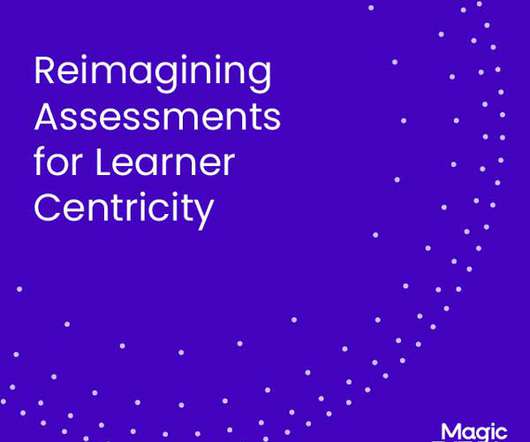Learner Analytics for Informed Teaching Strategies
Magic EdTech
NOVEMBER 18, 2022
In the year 2025, experts have estimated that 463 Zettabytes (ZB) of data will be generated every day; while the Big Data Analytics market in education will cross USD 36.12 This data affects school administration, policymaking, trend shifts, and market growth. How Can Learning Analytics Support Teaching Plans and Strategies?












Let's personalize your content